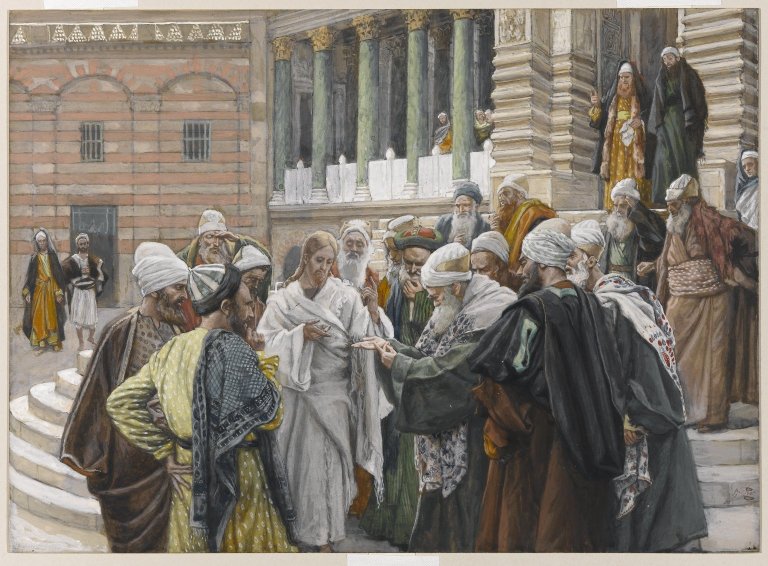Dancing in My Dreams (Library of Religious Biography), Ralph H. Craig, III. Wm B. Eerdmans Publishing Co. (ISBN: 9780802878632), 2023.
Summary: A biography of the life of Tina Turner, centering on how her embrace of Soka Gakkai Nichiren Buddhism was transformative in the fulfillment of her dreams, including that of becoming a religious teacher.
If you remember Tina Turner, most likely your memory of her was in performance, singing “Proud Mary” or “What’s Love Got to Do With It”, often beginning low and slow and climaxing in a frenzy of dancing by her and her backup singers as she belted out powerful vocals–a revival service at a rock concert.
Maybe that should have cued me to powerful spiritual roots in her life. Even so, there was much new for me in this spiritual biography of Turner’s life. What should have been evident, knowing the stories of other, was her Black church experience, beginning at the Woodlawn Baptist Church in rural Nutbush, Tennessee, and later Pentecostal Church of God in Christ churches in Nashville. Growing up as Anna Mae Bullock, she was the child of a strict religious mother and absentee father who died young, She also lived part of the time with an aunt Zelma and her uncle Richard, who she eventually would live with after her mother left, moving to St. Louis where she encountered the clubs, sang for Ike Turner, eventually becoming part of his act, becoming “Tina” and marrying her.
On one hand, Ike Turner turned Tina into the professional who could walk into a studio and lay down a vocal track in one take. But it came at the tremendous cost of physical abuse, making her life a study of partner abuse and the psychological fear and dependency that kept her from leaving for many years, even as Ike further descended into drug addiction.
What distinguishes this book is Ralph Craig’s account of the turning point in her life, resulting from a number of spiritual practices including consulting with readers, astrology, and most significantly, Soka Gakkai Nichiren Buddhism. Through Wayne and Ana Maria Shorter and their friend Valerie Bishop, she was introduced to the chanting associated with this Japanese form of Buddhism and the peace and focus she gained from this practice and their support helped her leave Ike for good, and over several years, launch her solo career, pursuing a dream of performing in stadiums. Craig goes into depth concerning the history of this branch of Buddhism and the embrace of Buddhism in Black America.
He also describes what he calls Turner’s “combinatory religious repertoire” in which she draws upon all her religious influences although Soka Gakkai Nichiren Buddhism remains central. A quote from Vanity Fair (1993), cited by Craig may give a sense of this:
“I do something about my life besides eating and exercising and whatever. I contact my soul. I must stay in touch with my soul. That’s my connection to the universe….I’m a Buddhist-Baptist. My training is Baptist. And I can still relate to the Ten Commandments and to the Ten Worlds [a concept from Soka Gakkai]. It’s all very close, as long as you contact the subconscious mind. That’s where the coin of the Almighty is….I don’t care what they feel about me and my tight pants on stage, and my lips and my hair. I am a chanter. And everyone who knows anything about chanting knows you correct everything in your life by chanting every day” (p. 175)
Craig goes own to recount how she used chanting to prepare herself to connect with audiences in concerts. And he recounts the slow climb from smaller venues to arenas, the struggle and prejudice she encountered with getting recording contracts with American companies and the much more favorable reception she enjoyed in Europe leading to her move to England and eventually Switzerland, where she married again.
The final chapter records her retirement after her Wildest Dreams concert tour, where she filled stadiums, in 2009. In her remaining years, she pursued one final dream, to teach what she had learned, releasing several recordings sharing religious teaching. Her life after 2013 became increasingly a struggle with declining health as she suffered a stroke, kidney disease and later, cancer. Her last US appearance was in 2019 at the New York debut of Tina: The Tina Turner Musical. She died May 24, 2023.
Craig offers an in-depth account of how Soka Gakkai Nichiren Buddhism profoundly shaped the second half of Turner’s life, and offers her as an example of the experience of other Blacks who followed her path into Buddhism. One senses that for Turner, and perhaps others, the church remained culturally formative but failed to offer the spiritual resources found in Buddhism. As much as I wished she would have found the support to leave an abusive partner from the church (even her mother supported Ike against her) and found in the spiritual practices of the church, what she needed to sustain her in her performing life, I’m grateful for the solo career she achieved, her body of work, and the preservation of her life from the violence many women do not survive. Ralph H. Craig, III has added an important, though religiously divergent account, to Eerdmans Library of Religious Biography.
____________________
Disclosure of Material Connection: I received a complimentary copy of this book from the publisher for review.










